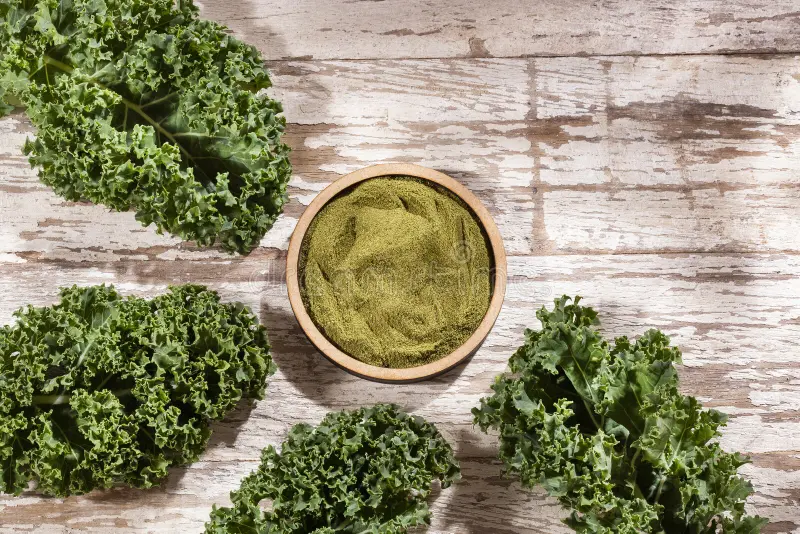Recently, the popular “Body Slimming Bottle” from Heytea has caught the attention of tea drink consumers, sparking a trend. This green beverage quickly gained traction, featuring ingredients like kale leaves and chia seeds, and focuses on low-energy intake and a refreshing fruity taste.
So, what’s so special about kale leaves?
Kale leaves are a horticultural variant of wild cabbage from the cruciferous family, originally from the Mediterranean region of Europe. They were introduced to China in the 1990s as ornamental plants. Kale leaves are rich in dietary fiber, vitamins, protein, unsaturated fatty acids, trace elements, and other nutrients. They are extremely low in calories, making them easy to consume without feeling burdened (for example, kale contains 28 kcal per 100g, while durian contains 150 kcal per 100g and bananas 115 kcal per 100g). For those who have tried kale, it is usually consumed raw or juiced. The raw taste is quite bitter, and the fiber texture is strong.
However, why has this leaf, originally an ornamental plant in green spaces, become a beloved food, even hailed as a “superfood”? Its growth in the dietary supplement sector has been rapid, becoming a hot product (according to data from Magic Mirror Insights in February 2023, the sales growth of fiber-related drinks on Tmall and Taobao exceeded 240%).
Kale is commonly used as a side dish in light meals, often found in vegetable salads, steak sides, and healthy weight-loss meals. Its low energy, low sugar, low fat, and high fiber characteristics perfectly align with the light food consumer’s philosophy of “moderate, balanced, simple, and low intake.”
In addition, with the rise of health-consciousness, concepts like “superfoods,” “burden-free ingredients,” “natural health,” and “0 sugar, 0 calories” have become popular. Kale leaves are now widely used in dietary supplements, healthy snacks, and fruit-vegetable beverages. These products are typically made by juicing fresh leaves and combining them, like in the slimming drinks mentioned; others are freeze-dried to retain their natural color and flavor, preserving their nutritional content; and some are processed into powdered extracts. Kale’s main benefits include antioxidants (flavonoids), cholesterol-lowering, eye health (carotenoids, lutein), dietary supplementation (vitamins, minerals), and weight loss (dietary fiber).

